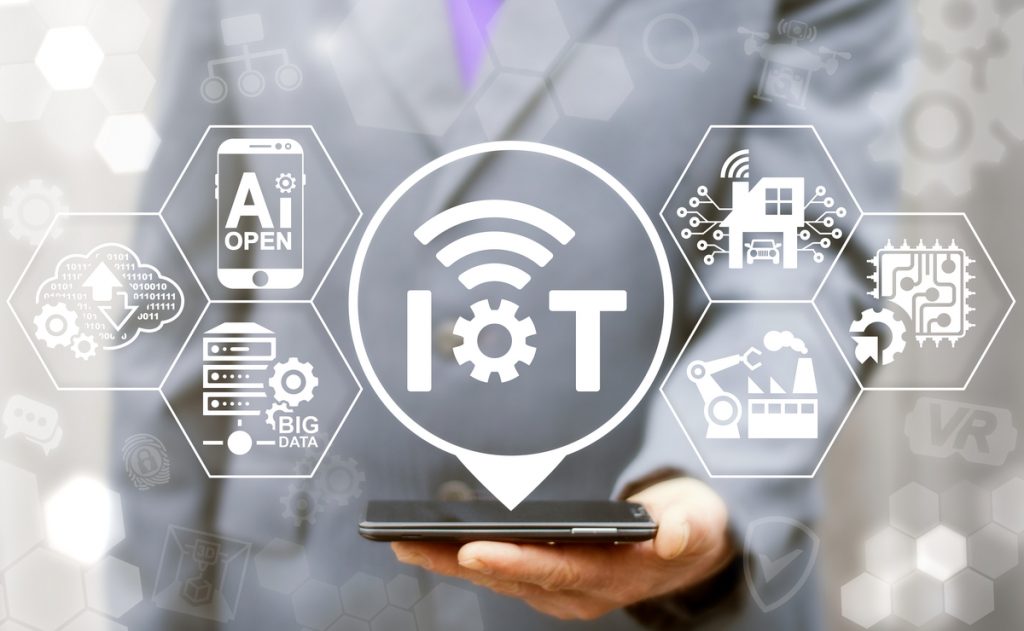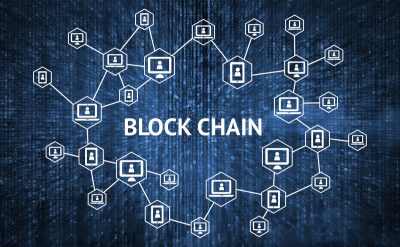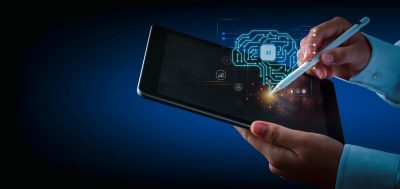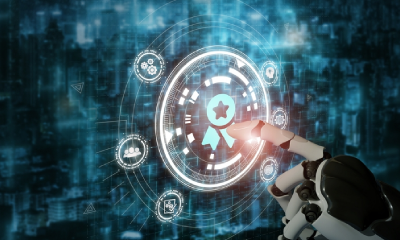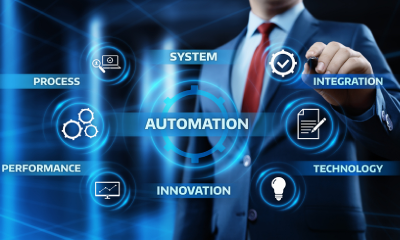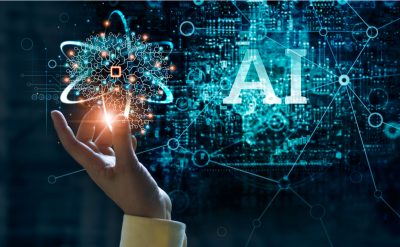In the previous article, we have created a foundation by understanding what AIoT is. We also have seen examples of practical implementation of the concept.
Moving further, it is essential to understand about the three predominant technologies that drive AIoT and four major AIoT segments.
So, let’s get started without any further ado.
The combination of AI IoT has transformed human life. Even though the concept is closely related to aspects of our daily lives, its popularity has never slowed down. With the introduction of AIoT, the booming technologies garner popularity and get closer to each other with a holistic merger. However, it is essential to understand that AIoT is now emerging as a new pattern amongst industries.
Three primary technologies that power AIoT
The future of AIoT is here. With the merger of mature AI and IoT technologies, the birth of AIoT has taken place. In simple terms, when smart devices benefit from AIoT capabilities, they further grow to offer services that have the potential to exceed user expectations. And the proof of this is the record of more and more industry giants leveraging the power of this amalgamation by making massive investments in the promising technology.
Cloud data and analysis
Cloud services are an essential and inevitable aspect of the traditional IoT environment and can be divided into three service models viz., infrastructure, platform, and software or IPS. Recently, several tech giants are taking an active involvement in integrating data resources to add power to AI products and display a strong move toward expanding the AIoT industry.
Additionally, Business Intelligence or popularly known as BI, and data exploration have consistently been the focus of enterprise development. However, to achieve a finer market ROI in the everchanging digital era, it is essential to have a strong integration between the cloud data analysis market and AI to benefit from AIoT.
Embedded systems and sensors
Generally, personalized for a special purpose, embedded systems and sensors work closely to provide the most essential aspects of IoT. It is also a closed system developed with integrated hardware and software (like– GPS for navigation, digital assistant or PDA, etc.). On the other hand, traditional IoT operations are carried out by sensors outfitted with embedded systems, which translates to collecting data with the help of these sensors.
Therefore, when artificial intelligence is contracted, and the sensor is introduced, the computing abilities of the embedded system with AIoT need to be enhanced simultaneously.
In this manner, the need for AI analysis to be sent back to the cloud is eliminated. Here, the formula of edge computing can carry out basic operations and edge operations. And as the percentage of the overall architecture is boosted, the device is no longer scared even if it is not connected to the global network.
5G and AIoT
Introduction to newer mobile communication technologies makes 5G the talk of the town. In simple terms, 5G is an extension to 4G. Aspects such as stronger bandwidth and wider coverage make 5G about 100 times faster as compared to 4G. Besides, the delay and reception time between transmission and reception accounts for less than a millisecond. Well, that is lighting fast. Definitely!
The 5G low-latency aspect makes it a predominant technology that promotes the propagation of AIoT.
The four major AIoT segments
Wearables
The wearable AIoT devices are engineered to monitor and keep track of user habits and preferences continuously. A few of the applications in this genre include heart rate monitoring devices, wireless headphones, health and fitness trackers, and AR/VR devices.
Smart homes
AIoT powered smart home appliances/devices viz., thermostats, smart lights, smart TVs, etc., understand and get accustomed to user habits to develop automated home support for several everyday tasks.
The list of these apps includes IoT appliances, smart speakers, and more.
Smart city
Smart cities embracing the power of technology at several levels of municipal services are getting closer to safer and more convenient living space.
Smart city apps include open data essential for better urban development, better traffic management, better energy consumption, and more.
A few of this equipment include smart energy grids, smart streetlights, and smart public transportation.
Smart industry
Modern-time smart industry devices or the industrial Internet of Things, also known as IIoT, leverage real-time data analytics and machine learning sensors to improve essential aspects such as operations, logistics, and supply chain. Data collected from these devices are insightful and help industries foresee issues that can prevent events such as breakdowns, technical errors, and more, thus saving time and cost.
A few of those devices are autonomous manufacturing robots, automated supply chain management, and predictive maintenance sensors.
Conclusion
AIoT is a revolution, and yes, it also defines the future of technology. Even though the concept is new, it is growing in popularity and acceptance, leading to a promising and connected future.
For more such gripping content, don’t forget to explore our whitepapers on artificial intelligence and internet of things.




